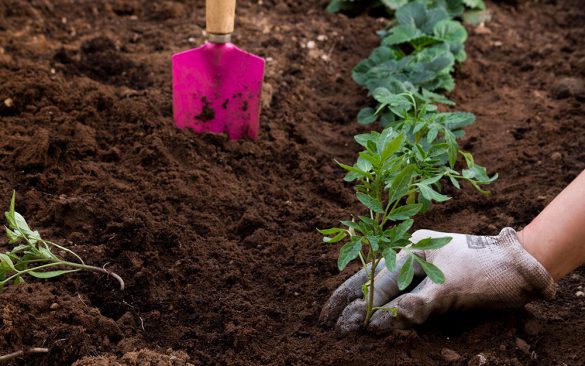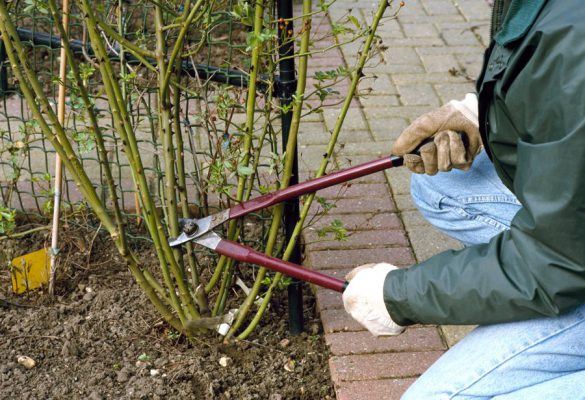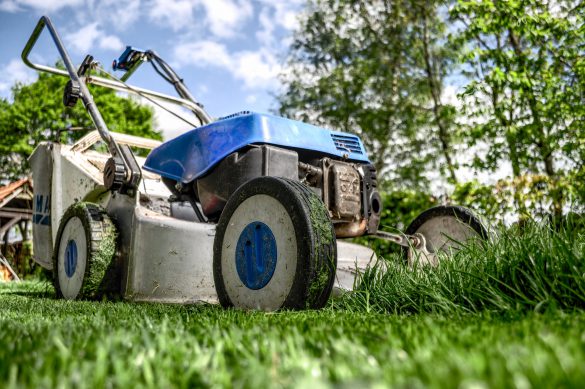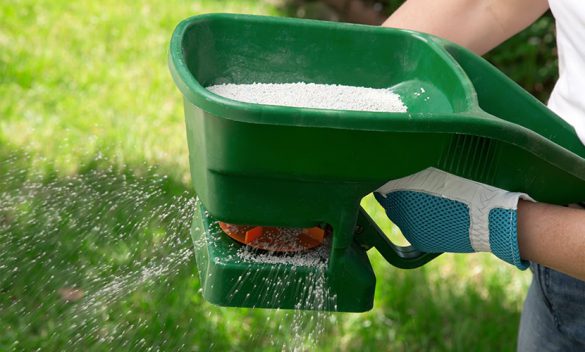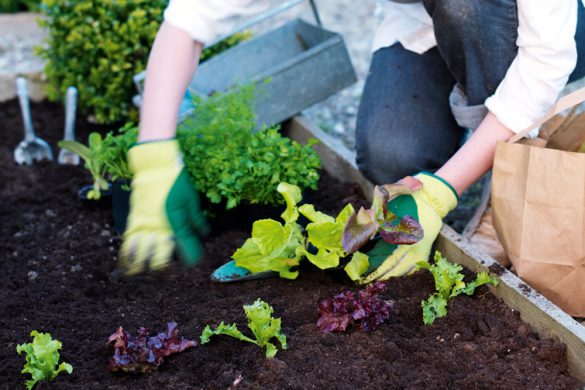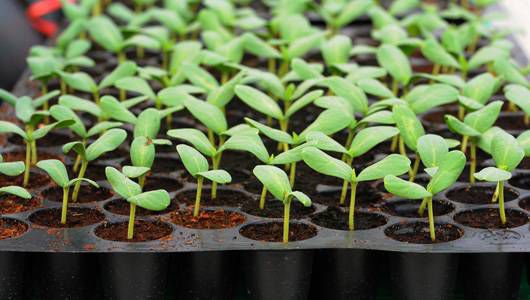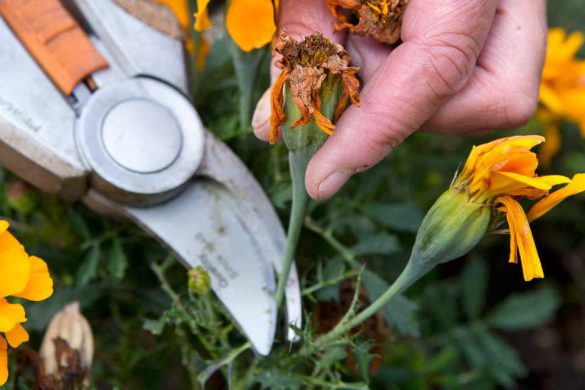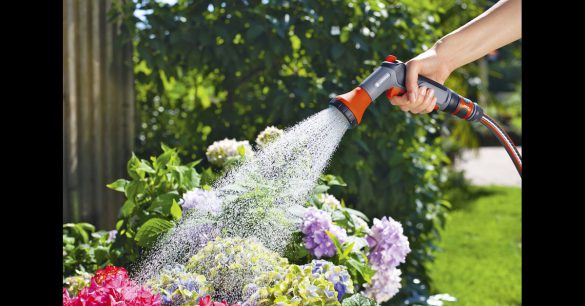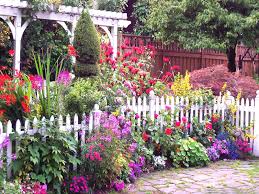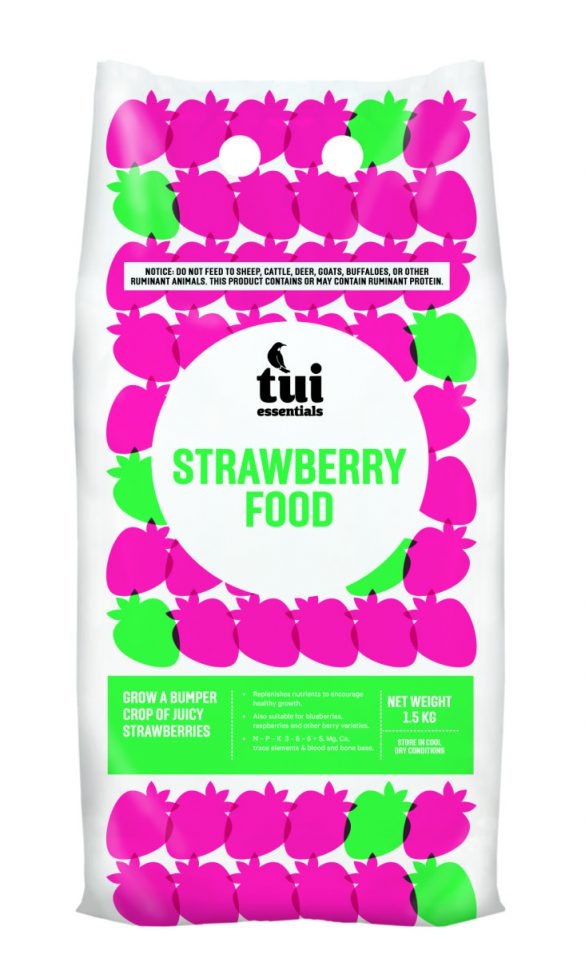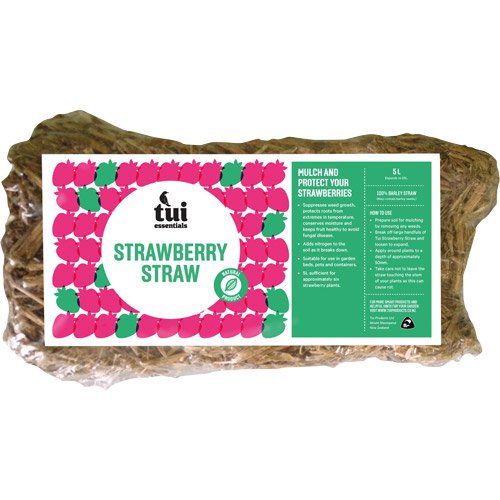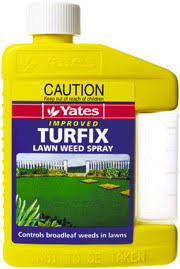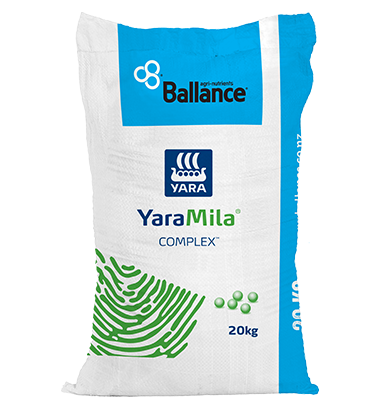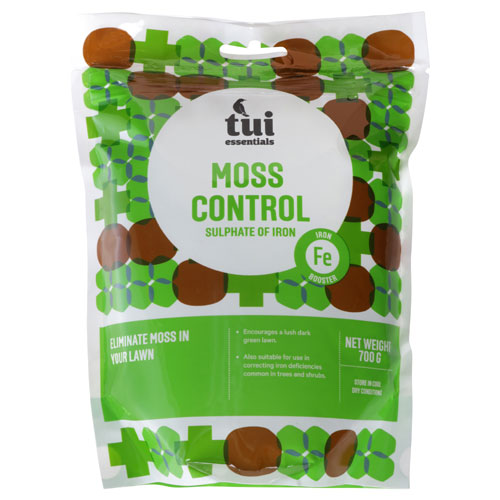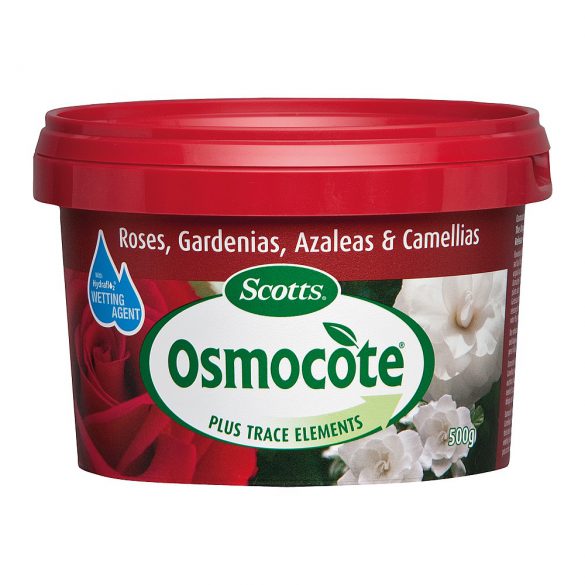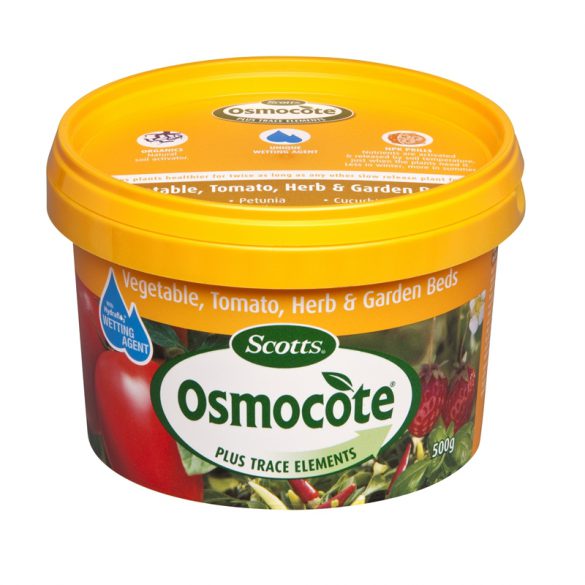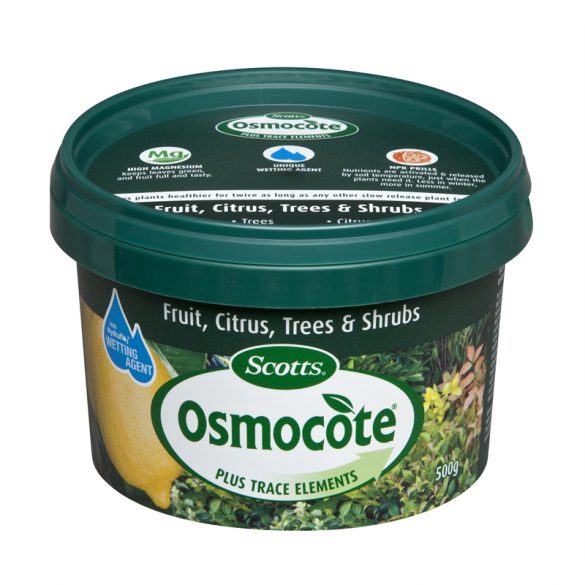During spring your garden is starting to wake up and respond to the warmer days. This is a great time to get outside and follow our simple checklist. Plant out, prepare, prune and take care of your gardens and lawns taking advantage of this prime growing season…
Early Spring (September)
- Prepare vege garden beds and pots for new planting – turn over, weed, fertilise, manure and get them ready for young plants and herbs.
- Strawberry patches– these summer delights are one of the earlier projects…prepare raised beds for planting out and for existing strawberry plants feed with Tui Strawberry food to help encourage flowering and new growth. See bottom of post for product pictures.
- Prune – trim back larger shrubs and trees ready before new growth. Leave fruit trees to the end of fruiting and summer season growth, ideally cutting back stone fruits in early autumn. Trimming fruit trees after bud break will disrupt flowering and fruiting. Fertilise citrus and other fruit trees with slow release fertiliser such as Osmocote. See product pics below.
- Lawn care – as the lawn starts to settle from it’s winter-logged state, it’s important to give a good low mow (5cm) and feed with (Balance Yaramilla)to kick start spring growth. Treat moss with (Tui moss control) and weeds with Yates Turf-fix. Dig out any paspallum now to stop it taking other during the hotter months. Apply topsoil and overseed patches which have thinned through winter. For rye grass, it struggles in hotter NZ climates so this is an important time to establish good growth and height prior to summer. Nearer peak summer keep the lawn mowing higher at approx 7cm to protect the grass roots.
- Spruce up gardens that look lackluster after winter, add colour with garden shop flower seedling packs or a few well established plants. For my recommended cottage garden list click here. Show More
- Propagation – start seedling projects off indoors to get plants established and ready for planting out in Oct.
- Plant hardy vege mixes such as Potatoes, onions and some lettuces.
- Prune roses and hydrangea back ready for summer growth and flowering. Continue to light pruning roses over summer by deadheading and my top tip, cut back to outwarding facing nodes to mature leaflets of 5 or 7!
- Bulbs – plant out late summer flowering perennial bulbs such as Dahlia, gladioli, tuberose. For a show of spring bulbs they need to be planted in the Autumn e.g tulips, freesia, hyacinth.
- Plant out summer veges – Ideally vege gardens should be planted out by end of October ready for your summer table delights. Great summer veges include lettuce, tomatoes, courgettes, cucumbers, capsicum, chilli and herbs.
- Sow seeds outdoors or transplant seedlings.
- Apply garden mulch to protect plants from summer heat.
- Set up watering systems ready for summer. Check out this video from Mitre 10 on how to setup a garden irrigation system.
- Deadhead spring plants to extend their flowering.
- Continue to feed the lawn on a regular basis
- Water your garden on a regular basis especially during dry spells. It’s best to water the roots not the plants in early morning or evening. Avoid during the heat of a summers day.
- Keep and eye on pests and diseases and treat accordingly throughout spring and summer including aphids on roses, blight, mildew, rust amd , snails/caterpillar/slug damage to vege patches etc.
- Enjoy the show of colour and flowers for the kitchen table!
Mid spring (October)
Late Spring (November)

